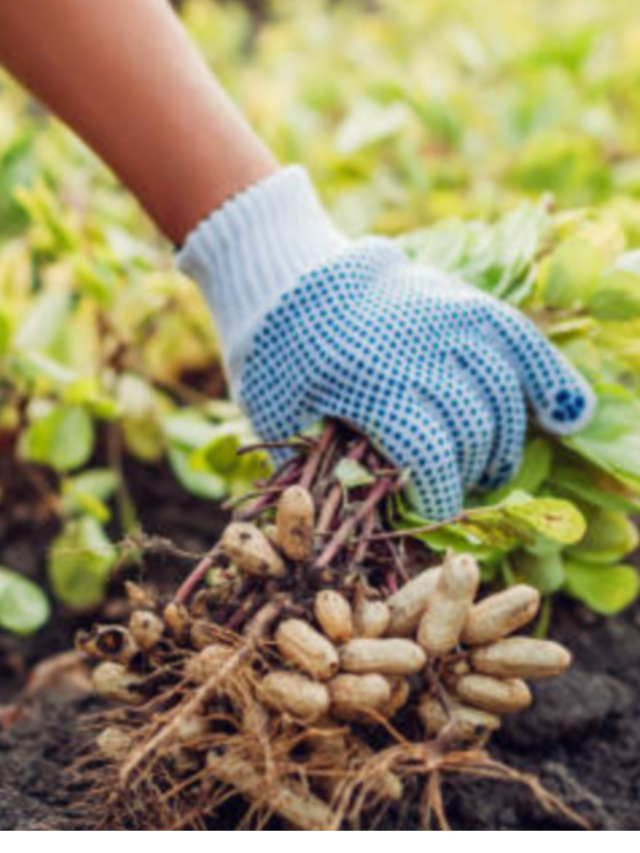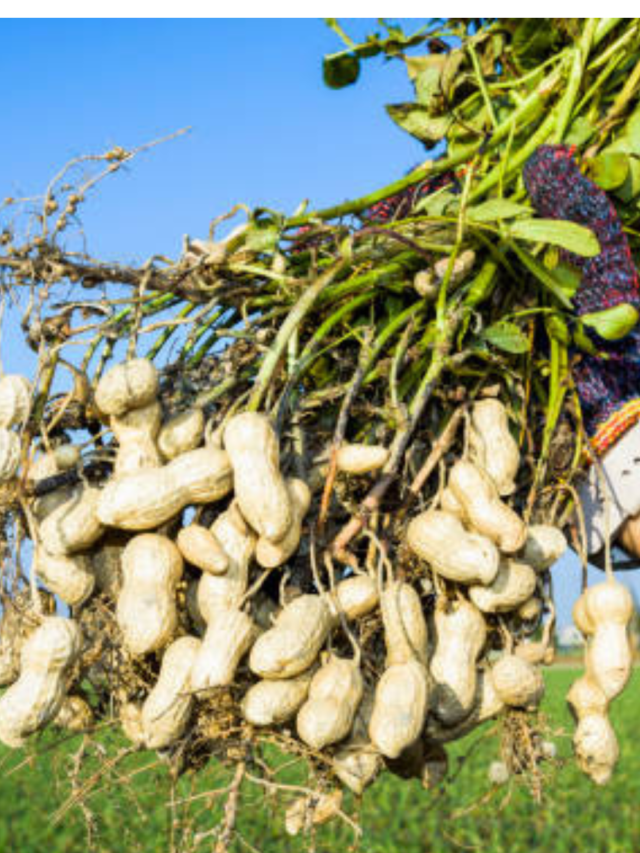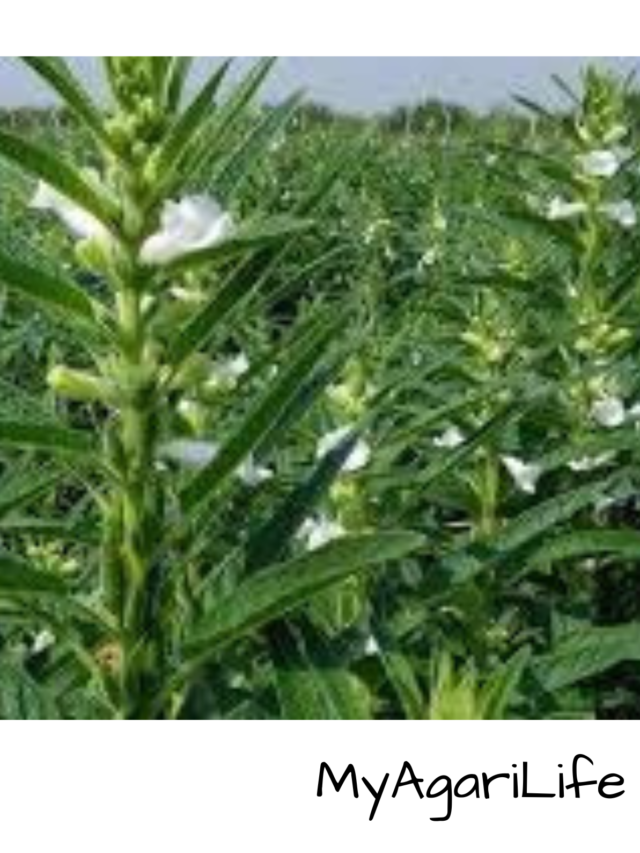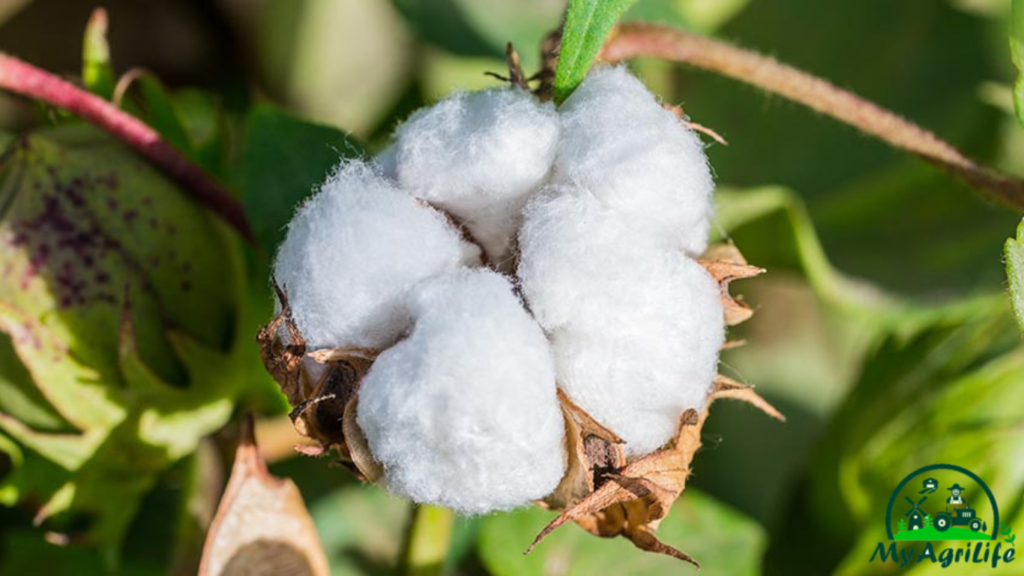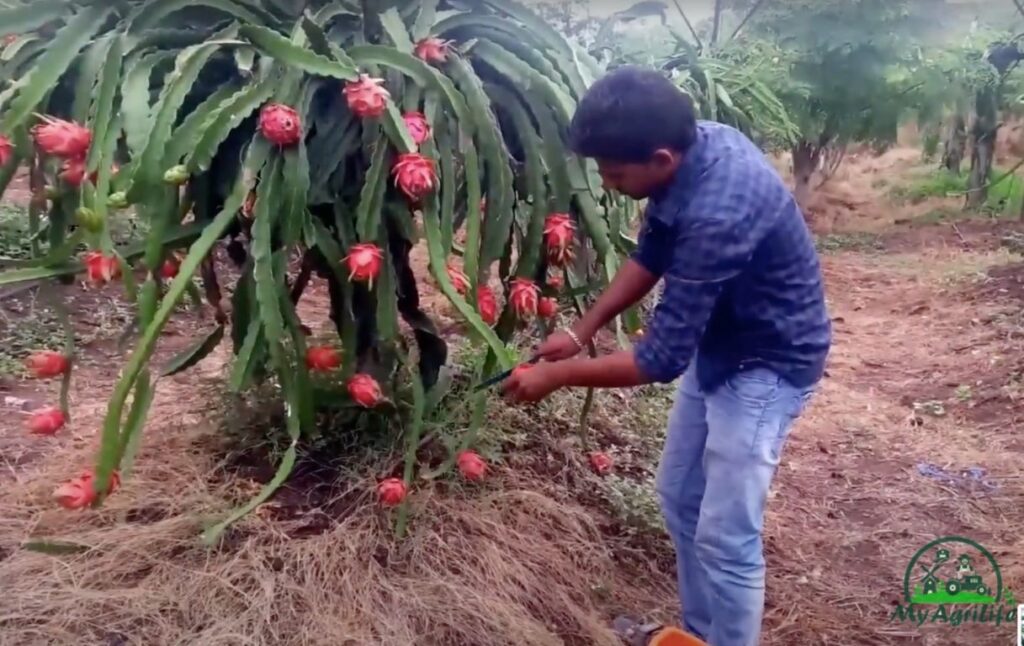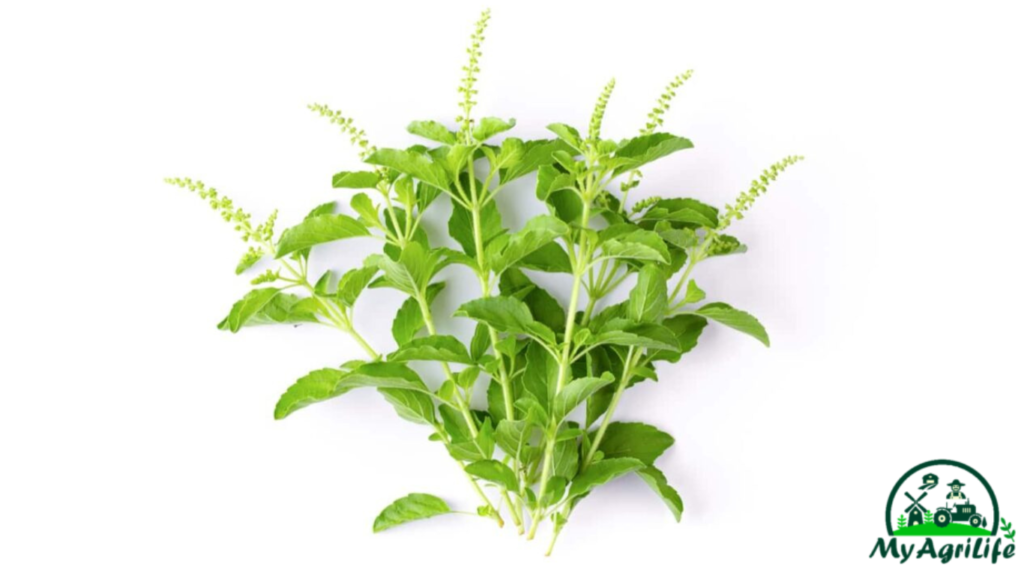
Tulsi (also known as Holy Basil) is a sacred plant in Hinduism and is considered to be a manifestation of the goddess Tulsi. It is commonly grown in households and temples in India and is used in various religious rituals.
Tulsi has been used in Ayurvedic medicine for thousands of years for its healing properties. It is believed to have many health benefits, including being an adaptogen that helps the body deal with stress, boosting the immune system, and promoting longevity. It is also believed to have anti-inflammatory and antioxidant properties.
In Indian cuisine, tulsi is used as a flavoring agent in teas, soups, and curries. It is also used as a natural remedy for coughs, colds, and other respiratory problems.
In addition to its health benefits, tulsi is also considered to be a symbol of purity and is often used in Hindu religious ceremonies, such as weddings and funerals. It is also believed to ward off negative energy and evil spirits.
Seed Specification Tulsi
Tulsi (Holy Basil) seeds have some specifications that are important to consider when planting them. Here are some of the specifications:
1.Seed size: Tulsi seeds are small and usually measure between 1.5 to 2 millimeters in diameter.
2.Seed color: Tulsi seeds are black or dark brown in color and have a hard, smooth surface.
3.Germination time: Tulsi seeds usually take 10 to 15 days to germinate, depending on the soil temperature and moisture levels.
4.Germination rate: The germination rate for Tulsi seeds is usually high, ranging between 80% to 90%.
5.Planting depth: Tulsi seeds should be sown shallowly, about 1/8 inch deep in well-drained soil.
6.Soil pH: Tulsi grows best in slightly acidic to neutral soil, with a pH range of 6.0 to 7.5.
7.Watering: Tulsi requires regular watering to maintain moist soil conditions, but overwatering should be avoided to prevent root rot.
8.Sunlight: Tulsi requires full sunlight to grow well, but it can also tolerate partial shade.
9.Temperature: Tulsi grows best in warm temperatures ranging between 20 to 30 degrees Celsius.
10.Spacing: Tulsi plants should be spaced about 12 to 18 inches apart to allow enough room for growth.
Land Preparation & Soil Health Tulsi
Preparing the land and maintaining soil health are crucial steps for growing healthy and productive Tulsi (Holy Basil) plants. Here are some guidelines for land preparation and soil health maintenance for Tulsi cultivation:
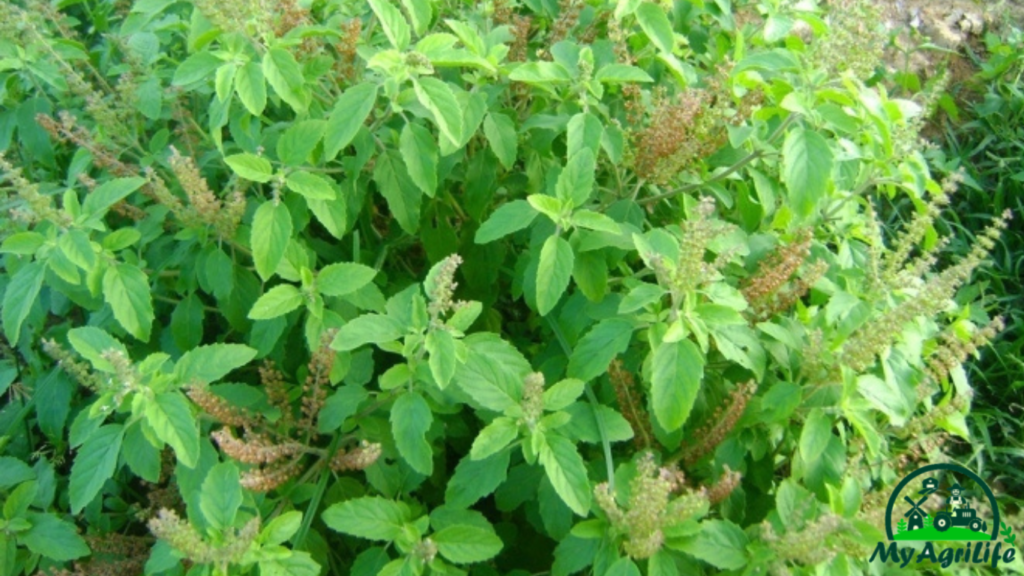
1.Land Preparation: Choose a well-drained area with full sunlight for growing Tulsi. Clear the land of weeds and debris, and till the soil to loosen it up. Add organic matter, such as compost or aged manure, to the soil to improve its fertility and water-holding capacity.
2.Soil pH: Tulsi prefers slightly acidic to neutral soil with a pH range of 6.0 to 7.5. Test the soil pH and adjust it if necessary using agricultural lime or sulfur.
3.Soil Structure: Tulsi grows best in loose, well-drained soil. Avoid compacted or heavy clay soils as they can restrict root growth and water penetration.
4.Nutrient Management: Tulsi requires sufficient nutrients to grow well. Fertilize the soil with organic or inorganic fertilizers based on soil test results. Incorporate compost or well-rotted manure into the soil before planting to provide a slow-release source of nutrients.
5.Water Management: Tulsi requires regular watering to maintain soil moisture levels. Irrigate the plants deeply and frequently during hot and dry periods to prevent water stress.
6.Crop Rotation: To maintain soil health and prevent the buildup of soil-borne diseases, rotate the Tulsi crop with other unrelated crops in the same field.
7.Pest and Disease Management: Regular scouting and monitoring for pests and diseases can help to prevent outbreaks. Use natural or synthetic pesticides and fungicides only when necessary and follow the recommended application rates and timings.
Overall, maintaining soil health is crucial for growing healthy and productive Tulsi plants, and regular soil testing can help identify any nutrient deficiencies or pH imbalances that need to be addressed.
Crop Spray & Fertilizer Specification Tulsi
Crop spray and fertilizer specifications for Tulsi (Holy Basil) can vary depending on the soil fertility, weather conditions, and the stage of the plant growth. Here are some general guidelines for crop spray and fertilizer specifications for Tulsi:
1.Organic fertilizers: Tulsi plants respond well to organic fertilizers such as compost, vermicompost, and well-decomposed cow manure. These fertilizers not only provide essential nutrients but also improve soil health and structure.
2.Inorganic fertilizers: If the soil lacks essential nutrients, inorganic fertilizers can be used, such as NPK (nitrogen, phosphorus, potassium) fertilizers. The recommended dose of NPK fertilizer for Tulsi is 40:20:20 kg/ha.
3.Fertilizer application: Apply fertilizers 2-3 weeks after planting and repeat the application at 6-8 weeks interval during the growing season. Avoid over-fertilizing as it can lead to plant damage and nutrient leaching.
4.Foliar spray: Foliar spray of micronutrients like zinc, iron, and manganese can be done to improve plant health and yield. A mixture of 1-2 ml of micronutrient solution in one liter of water can be sprayed on the plants during vegetative growth.
5.Pest and disease management: Use of natural or organic pesticides is recommended to manage pests and diseases in Tulsi plants. Neem oil, garlic extract, and chilli spray are some of the commonly used organic pesticides. The spray should be done early in the morning or late in the evening to avoid leaf burning due to the hot sun.
6.Harvest interval: Stop the use of any fertilizers or pesticides at least two weeks before harvesting the Tulsi leaves to avoid any residual effect on the leaves.
It is essential to monitor the plant growth and health regularly to identify any nutrient deficiencies or pest and disease problems, and adjust the fertilizer and spray application accordingly.
Weeding & Irrigation Tulsi
Weeding and irrigation are essential practices for maintaining healthy Tulsi (Holy Basil) plants. Here are some guidelines for weeding and irrigation for Tulsi cultivation:
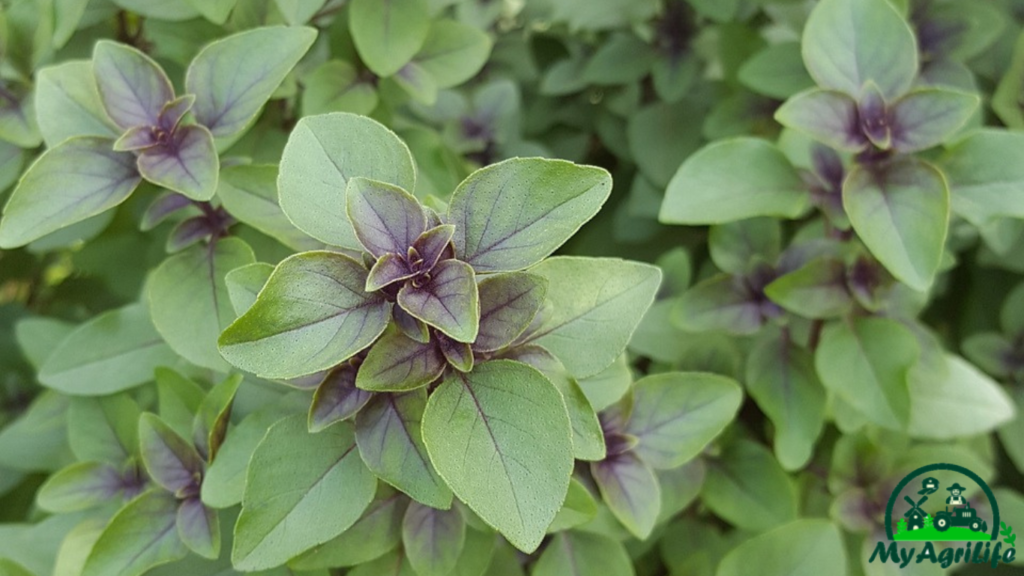
1.Weeding: Tulsi plants require weed-free soil for optimal growth and yield. Weed the soil regularly to prevent competition for nutrients, water, and sunlight. Hand weeding is preferred over the use of herbicides to avoid plant damage.
2.Mulching: Mulching can help to suppress weeds and retain soil moisture. Use organic mulch such as dried leaves, straw, or grass clippings to a depth of about 2-3 inches around the base of the Tulsi plants.
3.Irrigation: Tulsi plants require regular watering to maintain soil moisture levels. Irrigate the plants deeply and frequently during hot and dry periods to prevent water stress. Avoid over-watering, as this can lead to root rot and other plant diseases. Drip irrigation is preferred over overhead watering to avoid leaf wetting and foliar diseases.
4.Water quality: Use clean and high-quality water for irrigation to prevent soil salinity and plant damage. Avoid the use of hard or alkaline water, as this can lead to mineral buildup in the soil and plant toxicity.
5.Irrigation scheduling: The irrigation frequency and amount depend on the soil type, weather conditions, and the stage of the plant growth. In general, Tulsi plants require irrigation every 3-5 days during the vegetative growth stage and every 1-2 days during the flowering and fruiting stage.
6.Harvest interval: Stop irrigation at least two days before harvesting the Tulsi leaves to allow the soil to dry out slightly and avoid any moisture retention on the leaves.
Overall, weeding and irrigation are essential practices for maintaining healthy and productive Tulsi plants. Regular monitoring and adjustment of the irrigation schedule can help to prevent water stress and other plant diseases.
Harvesting & Storage Tulsi
Harvesting and storage are critical stages in Tulsi (Holy Basil) cultivation to obtain high-quality and flavorful leaves. Here are some guidelines for harvesting and storage of Tulsi:
1.Harvesting time: Tulsi plants can be harvested throughout the growing season, but the best time to harvest is when the plants reach full bloom. The ideal time to harvest is early in the morning when the leaves are fresh and have not been exposed to direct sunlight.
2.Harvesting technique: The Tulsi leaves and stems can be harvested using pruning shears or scissors, making sure not to damage the plant. Harvest the top 1/3 of the plant, leaving the lower part of the plant to continue growing.
3.Post-harvest handling: After harvesting, the Tulsi leaves and stems should be washed in clean water to remove any dirt or debris. Dry the leaves and stems under shade or in a well-ventilated area to avoid direct sunlight, as this can lead to the loss of flavor and aroma.
4.Storage: Store the dried Tulsi leaves and stems in an airtight container to maintain freshness and aroma. Glass jars or metal containers are preferred over plastic containers, as plastic can affect the flavor of the leaves. Store the containers in a cool, dry place away from direct sunlight.
5.Shelf life: The shelf life of dried Tulsi leaves and stems is about 6-8 months. However, to maintain the flavor and aroma, it is recommended to use the leaves within 3-4 months.
6.Processing: The Tulsi leaves can be used fresh or dried to make tea, extracts, and essential oils. The dried leaves can be crushed or ground to a powder for use in cooking, baking, and as a dietary supplement.
Overall, harvesting and storage are crucial steps in Tulsi cultivation to obtain high-quality and flavorful leaves. Proper handling and storage can help to maintain the aroma and flavor of the leaves for an extended period.
Conclusion
Tulsi farming is a profitable and sustainable agricultural practice that has been used for centuries in India and other parts of the world. Tulsi plants have several medicinal properties and are in high demand in various industries, such as pharmaceuticals, cosmetics, and herbal tea.
To start tulsi farming, it is essential to prepare the land and soil properly and choose the right variety of seeds based on the climate and soil type. Adequate irrigation, fertilization, and pest management practices are also critical to ensure healthy plant growth and higher yield.
After harvesting, the tulsi leaves and seeds should be dried and stored correctly to maintain their quality and maximize their shelf life. With proper care and management, tulsi farming can provide a lucrative source of income for farmers and promote sustainable agriculture practices.
Overall, tulsi farming can be a profitable and rewarding venture for those interested in herbal farming and natural remedies.
